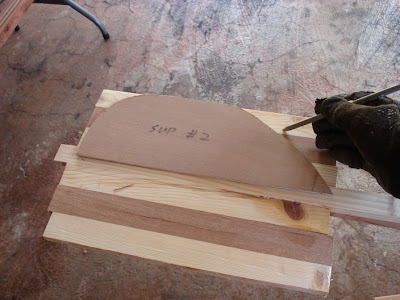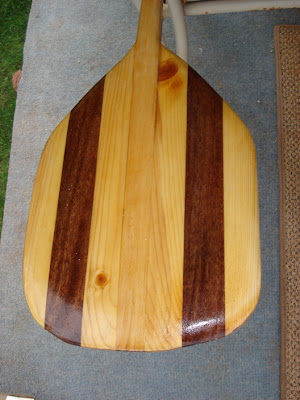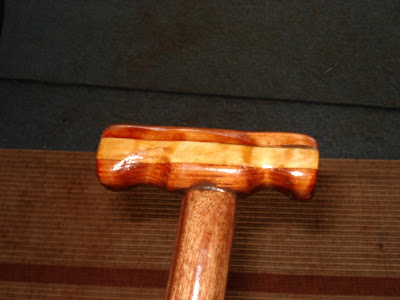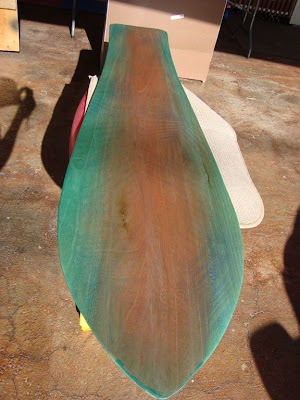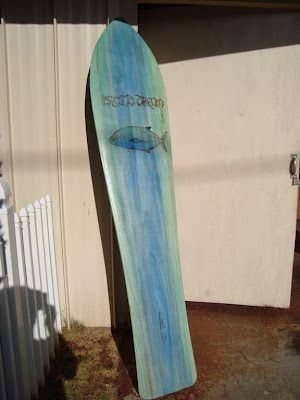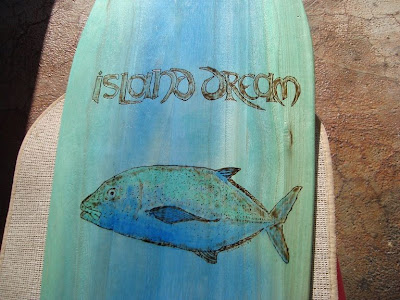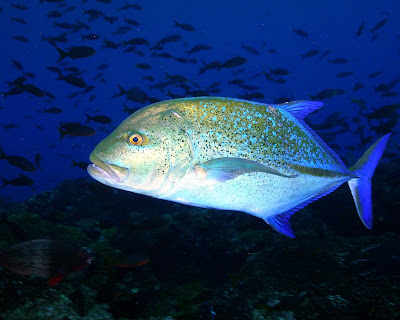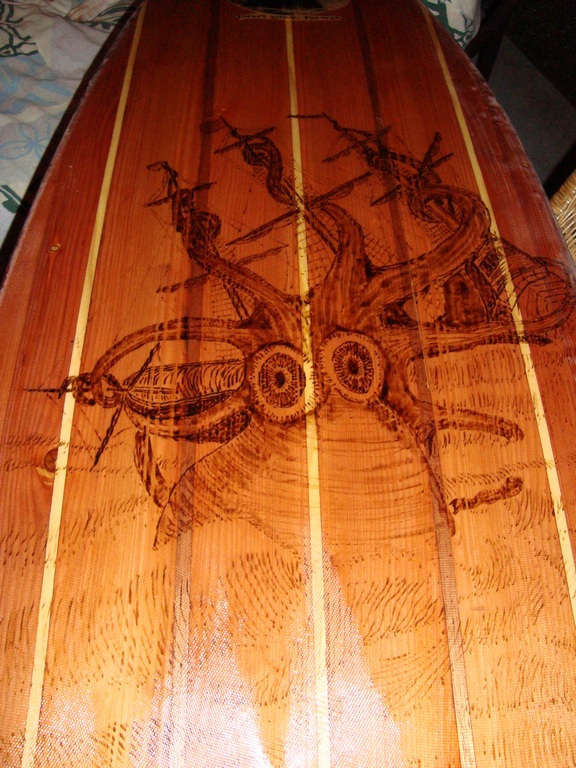I use the strip-planking method for my rails. It creates a strong, lightweight rail that has a nice look to it. The disadvantage is that the rail shape must be designed into the transverse frames, and thus the rail shape is essentially engineered vice shaped. I use a chine where the bottom skin meets the frame, so I can do a little more shaping right at the bottom of the rail.
Here's an example of how it looks during the build. In the past I've used epoxy or Titebond-3, and both methods are time consuming. It takes a minimum of 3-5 hours for each strip to set until it's strong enough to place the next strip. I'm going to try the new Titebond CA next time and rail an entire board in an afternoon.
Here, on a kid's board with a plain ply bottom, I'm dry-fitting the chine with clothespins. In this case I had to use another chine log - note the gaps between the chine and the frames:
On this, a 7'1" stinger, I used the strip-planking from the nose to the sting, then a single piece of fir for the relatively vertical rail aft to the tail:
For pointy boards, it's critical to get the nose just right (unless a nose block is used, but those just don't look right on pointy boards).
Once finished, the last few rails are sanded nearly flush with the deck and then the deck is placed. Once the board is finished and glassed, it really looks nice. Here is another stinger, with mahogany strip rails, a little hardwood piece right at the transition, and a solid cedar rail going back to the tail:
There are many lessons learned here:
- The chine log is essential - it sets up the entire outline.
- If the chine extends beyond the frame edge, the rail strips will have a gap between themselves and the frame, which is problematic. Again, a properl fitted chine is the key.
- The rail strips I use are all just square-edged. I sand a bevel into each strip individually prior to glue-up to ensure it fights tight with the adjacent strip. It sounds like a lot of work, but with practice it only takes a few minutes. The last few boards I made had virtually no gaps in them, which simplifies the finishing process.
